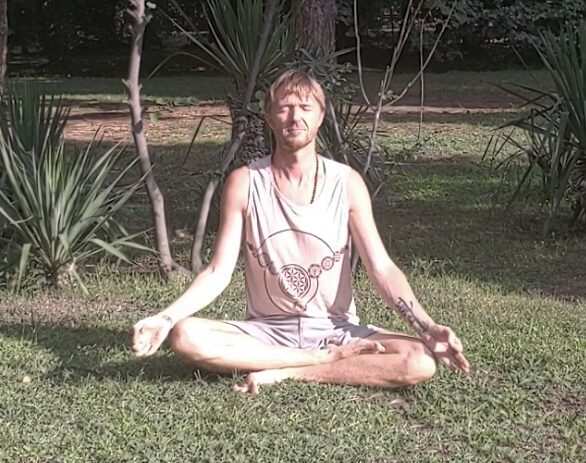It was the year 2001 when I attended my first meditation course, and straightaway I had a fascinating experience meditating on the image of a spiritual teacher. Since then, I have practiced dozens of different meditation techniques. Generally, I would roughly categorize them into two large groups:
1. Meditations that (mainly) serve to change the body and/or the circumstances in which one finds oneself (=self-healing or healing of the circumstances). These meditations involve using your attention, love energy, visualizations, affirmations, etc. to manifest the desired changes.
2. Meditations that (mainly) serve to achieve self-knowledge. These meditations are about bringing attention back to its source, to the observer behind the appearances - and even beyond that. One realizes that the true Self is beyond all manifested forms. In these meditations, you don't want to change anything; you want to recognize or experience who you really are.
Sutra 2.11 “The active forms of suffering can be overcome through meditation.” or “Through meditation, the painful thought waves are avoided.”
Sutra 2.17 “The identification of the subject with the object is the cause of suffering and should be avoided.”
Sutra 2.25 “When ignorance disappears, the connection dissolves, then the self is liberated.”


